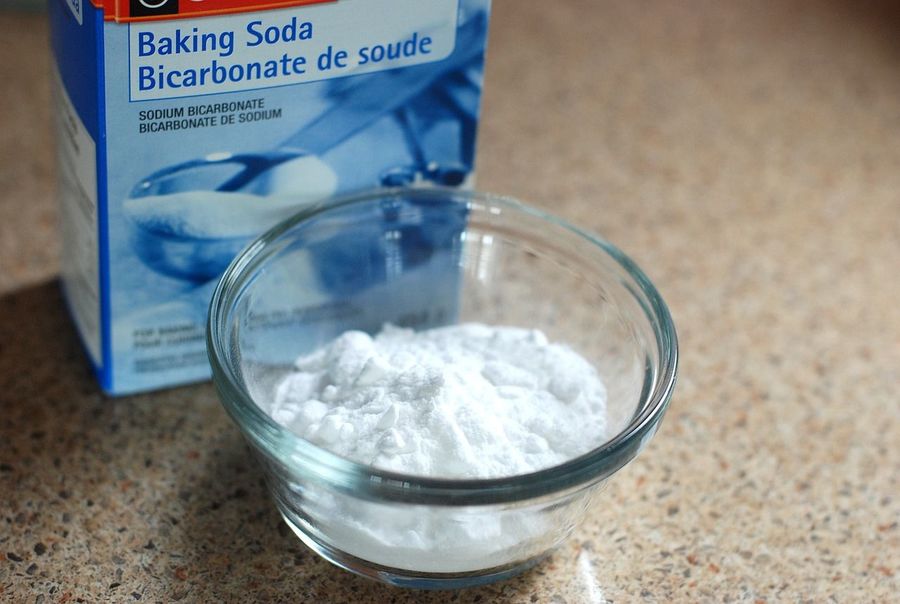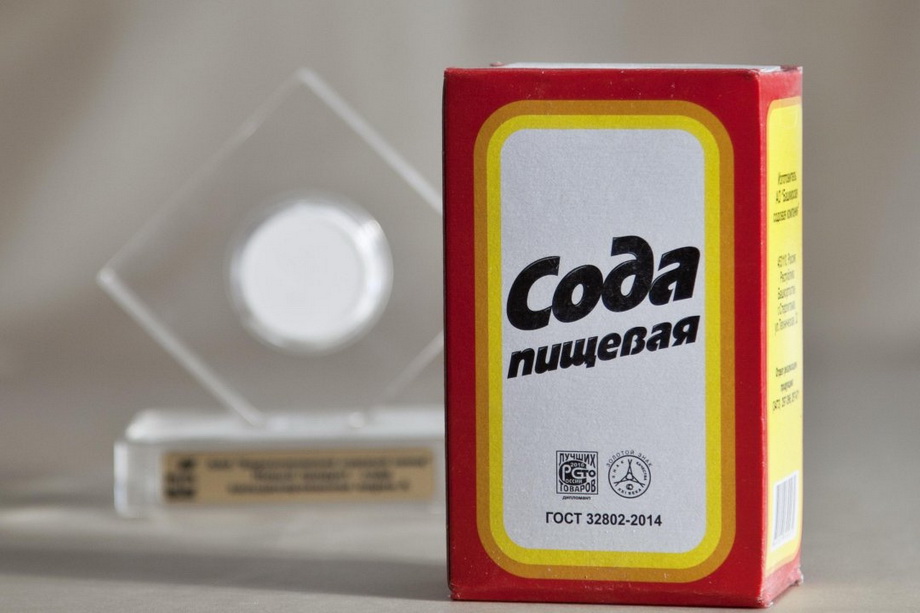Sometimes one may come across the question, what is the food supplement E-500? The numbers "E" in the list of ingredients of various products replace the chemical or common name of specific food additives. They are used to improve color, taste, texture, or to prevent food spoilage.
What it is?
Nutritional supplements have been used for centuries. The ancient Romans used spices such as saffron to give food a rich yellow color. Salt and vinegar were used to preserve meat and vegetables for long-term storage.
In the 1960s, manufacturers decided to compile a standardized list of these additives. In Europe they are called the numbers E (this letter means "Europe"). In Australia, their code number is simply used.
Therefore, vitamin C will be called E300 in Europe. In Australia, it can be found on labels with the code number 300, such as "food acid 300", "ascorbic acid 300" or "vitamin C 300".
What additives are marked with the letter “E”?
Before you know if the food supplement E500 is dangerous or not , you should find out in which groups the substances marked with this letter are distributed. This classification is as follows:
- From E100 to E199: food coloring. For example, saffron is “food color 164” in Australia (or E164 in Europe). Other spices commonly used to color food include turmeric (E100) and paprika (E160c).
- From E200 to E299: Preservatives. These substances prevent the growth of microbes in food, which can cause diseases. E220, for example, is sulfur dioxide, a preservative commonly used in wine to prevent acetic acid bacteria from turning wine into vinegar.
- E300 to E399: Antioxidants. Vitamin C (E300) falls into this category.
- From E400 to E499: thickeners, emulsifiers and stabilizers. Thickeners are commonly used in soups or sauces. Emulsifiers help mix oily and watery substances such as mayonnaise. Without them, the oily and watery part can be divided into layers.
- From E500 to E599: acidity regulators and anti-caking agents. Sodium bicarbonate (food supplement E500) is widely known as baking soda, it regulates acidity.

- E600 – E699: flavor enhancers, including monosodium glutamate (E621).
- E700 – E999: sweeteners, blowing agents and gases used for food packaging, such as nitrogen gas (E941). It is used in most potato chip factories, as it prevents their oxidation.
Many substances labeled with the letter “E” with a number are substances of natural origin, such as vitamins B1 (E101) and even oxygen (E948).
What is the E500?
Some housewives have a very rough idea of how most baking ingredients are made. Everyone knows that eggs come from chickens, flour - from crushed grains, butter - from cows, sugar - from plants (beets or cane). All this looks natural and does not cause concern. But when the food supplement E500 is mentioned, some start to worry. Sometimes the list of ingredients indicates that it is baking soda or baking powder. But sometimes baking powder and baking powder are also found in the composition of the product.
Are these concepts synonymous? Everyone knows that baking soda is a white, loose powder. In other words, sodium bicarbonate, which is an ingredient for baking. This substance is alkaline in nature, which in its pure form has a bitter taste. In combination with acid, for example, vinegar, it produces carbon dioxide, which leads to an increase in the baking mixture in the volume and filling the cavities formed with air. Therefore, such a dietary supplement is actively used in baking pies and porous bread. It is sodium bicarbonate - a food supplement E500. Sodium bicarbonate or baking soda are its other names.

Baking powder, referred to as baking powder, consists of several ingredients, and one of them is sodium bicarbonate. Other ingredients are acid (most often citric) and a bulking agent such as cornmeal to absorb moisture. This is a more versatile version of the baking powder, most often used at home. It includes sodium bicarbonate and the ingredients with which it combines and causes a reaction, and you only need to add water.
Therefore, the question of how to clean baking soda from the E500 additive does not make sense. It is the same.
What is this substance?
Sodium bicarbonate is a sodium salt and bicarbonate. It should not be confused with sodium carbonate (soda, Na2CO3). As noted above, sodium bicarbonate is also known under the less scientific name "baking soda." It has many brands, including the E500 Food Additive. Sodium bicarbonate is a colorless crystalline solid that releases water and carbon dioxide at temperatures above 50 ° C. As a result, it turns into sodium carbonate.
It is used in food products as a baking powder. To do this, baking soda is mixed with a solid acid such as citric acid. It is also used in effervescent soluble tablets and to soften hard water. This is explained by the fact that the substance is destroyed by contact with acids and releases carbon dioxide. This causes a reaction that causes the dough to become lush.
Sodium carbonate is used in industry as a food supplement E500 ii. What it is? This substance is a water-soluble sodium carbonate. If baking soda is mainly used for baking, sodium carbonate is mainly used to regulate the acidity of drinking water and the fusion of milk protein with cocoa. Thus, the additive E500 ii in baking soda is not contained.
How is this substance used?
As noted above, in cooking baking soda is mainly used as a baking powder. When it reacts with acid, carbon dioxide is released, which causes the dough to expand and forms a characteristic texture and grain in pancakes, pies, bread and other baked and fried foods. Acidic compounds that trigger this reaction include various phosphates, citric acid, lemon juice, yogurt, buttermilk, cocoa and vinegar. Baking soda can be used with yeast dough, which makes the product lighter with a less acidic taste.
Can I not mix with acid?
Heating by itself can also cause sodium bicarbonate to act as a baking powder in baking due to thermal decomposition and carbon dioxide evolution. When used independently in this way, without the presence of an acid component, only half of the available CO2 is released. In addition, in the absence of acid, the thermal decomposition of soda leads to the formation of sodium carbonate, which is highly alkaline. It gives the baked product a bitter, “soapy” taste and yellow color.
Other areas of application
In addition, there are other areas of use of the food supplement E500. In baking soda there are compounds that cause other beneficial reactions.
So, a pinch of baking soda in a pot of boiling water accelerates the softening of peas, lentils and beans. In addition, its addition reduces bloating from eating various types of cabbage. You can put a little soda in the cheese fondue so that it is more lush and easier to digest.
Sodium bicarbonate neutralizes or attenuates excess acid in foods. It is also very important when making jams with very tart fruits such as sea buckthorn and rhubarb, as this softens the taste, so you do not need to add a lot of sugar. Baking soda can also be used to neutralize too much vinegar or lemon juice during cooking if they were mistakenly added in large quantities.
Sodium bicarbonate is sometimes used in the preparation of green vegetables, as it gives them a bright green color, which is described as artificial looking. This is due to its reaction with chlorophyll and the formation of chlorophyllin. However, this tends to affect the taste, texture and nutrient content.
The supplement is also used in Asian and Latin American cuisine to soften meat. It can be used in breading in fried foods to increase the hardness of the crust and ensure the release of steam when heated. Thanks to this, the breading does not deflate during cooking.
Is it dangerous to health?
The food supplement E500 is generally safe for use in food products, and there is no maximum dose (by quantification). Just use as much as you need for the desired effect.